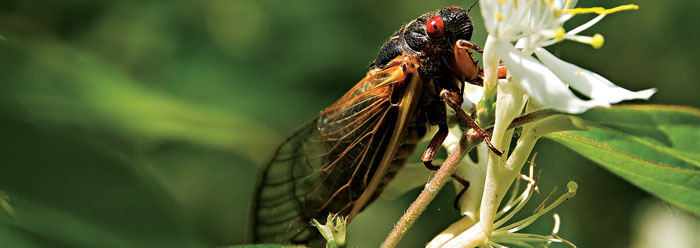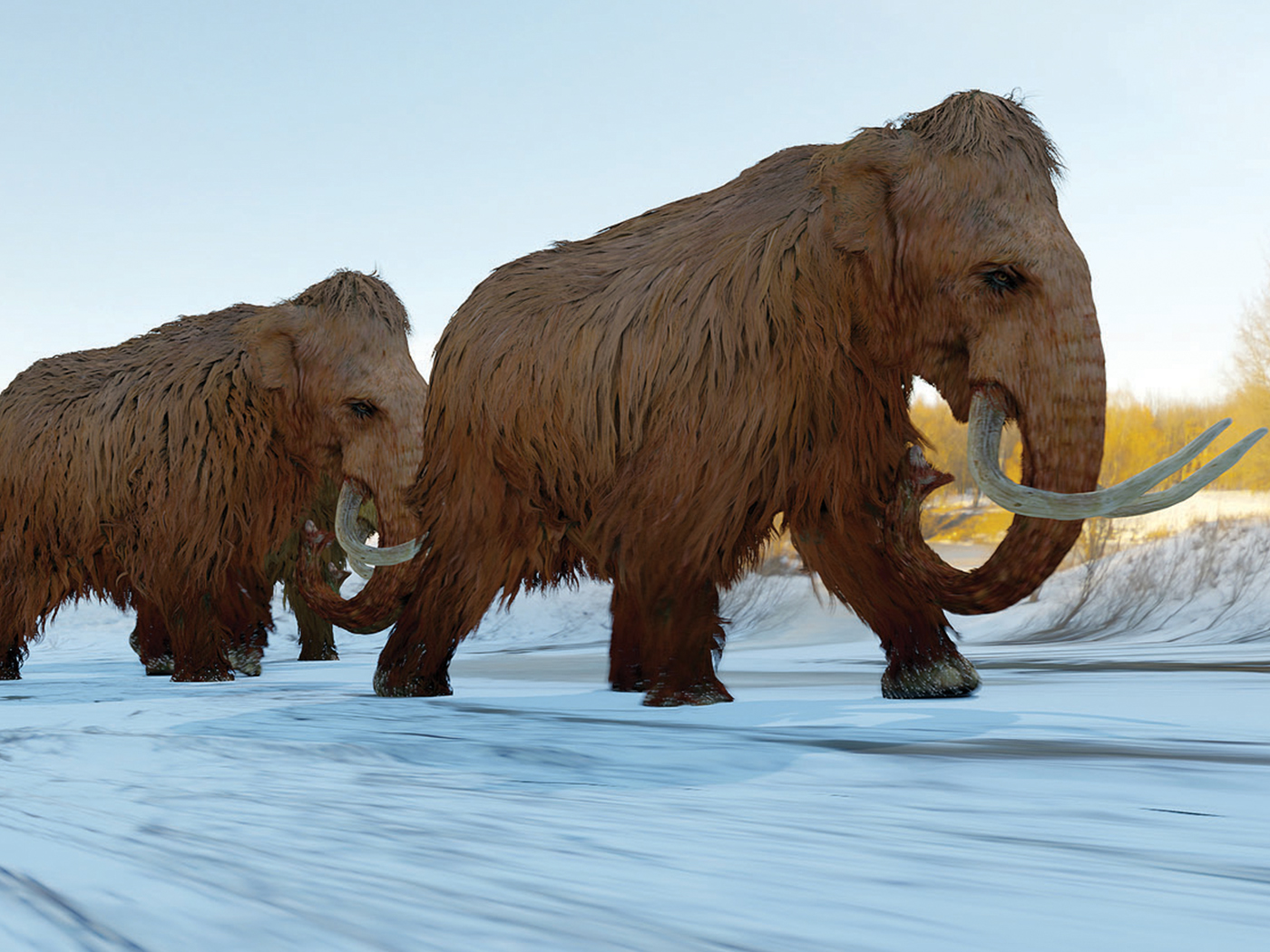
Jurassic Spider: What's in a Name?
A massive fossilized spider has set a new size record. It looks like today's golden orb-weavers, which are large enough to dine on small birds. This discovery, in conjunction with similar ones, presents problems for evolutionary origins, and also shows how a name choice can be misleading. What did scientists decide to name this fossil, and why?

'Demon Reptile' Is Not a Missing Link
The skull of a previously unknown dinosaur with interesting teeth and a unique head shape was uncovered in Ghost Ranch, New Mexico.

Shark Jaw Opens Questions about Coal Formation
While bolting the roof of a coal mine in western Kentucky, miner Jay Wright found an 18-inch-long fragment of a fossil shark jawbone with teeth still attached. The local National Public Radio affiliate WKMS reported that "Wright has seen smaller fossils and sea shells in the mine, but nothing like an ancient shark bone."1

Dinosaur Fossil 'Wasn't Supposed to Be There'
Workers with the Canadian energy company Suncor unearthed ankylosaur remains while mining oil sands near Fort McMurray in Alberta. The carcass of the four-legged land creature was not flattened, as is the case with many fossilized vertebrates. But most strangely, it was found in an area known primarily for fossilized marine creatures.

Chinese Dinosaurs Were Fossilized by Flood
Teeth and fossil bone fragments from a meat-eating T. rex-like dinosaur were discovered in a Chinese dinosaur bone bed. The remains indicate that the creature measured over 30 feet from nose to tail.1 How did such a large creature come to be fossilized alongside so many other dinosaurs?








